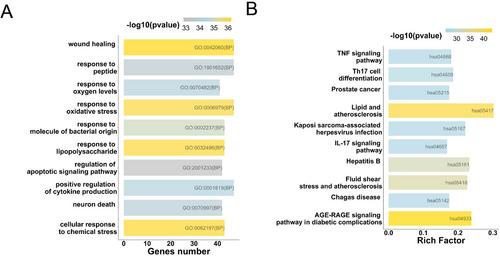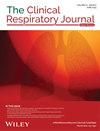Safflower Alleviates Pulmonary Arterial Hypertension by Inactivating NLRP3: A Combined Approach of Network Pharmacology and Experimental Verification
Abstract
Introduction
Traditional Chinese medicinal plant, safflower, shows effective for treating pulmonary arterial hypertension (PAH), yet the underlying mechanisms remain largely unexplored. This study is aimed at exploring the potential molecular mechanisms of safflower in the treatment of PAH.
Methods
Network pharmacology approach and molecular docking were applied to identify the core active compounds, therapeutic targets, and potential signaling pathways of safflower against PAH. Meanwhile, high-performance liquid chromatography (HPLC) assay was performed to determine the core compounds from safflower. Further, the mechanism of action of safflower on PAH was verified by in vivo and in vitro experiments.
Results
A total of 15 active compounds and 177 targets were screened from safflower against PAH. Enrichment analysis indicated that these therapeutic targets were mainly involved in multiple key pathways, such as TNF signaling pathway and Th17 cell differentiation. Notably, molecular docking revealed that quercetin (core compound in safflower) displayed highest binding capacity with NLRP3. In vivo, safflower exerted therapeutic effects on PAH by inhibiting right ventricular hypertrophy, inflammatory factor release, and pulmonary vascular remodeling. Mechanistically, it significantly reduced the expression of proangiogenesis-related factors (MMP-2, MMP-9, Collagen 1, and Collagen 3) and NLRP3 inflammasome components (NLRP3, ASC, and Caspase-1) in PAH model. Similarly, these results were observed in vitro. Besides, we further confirmed that NLRP3 inhibitor had the same therapeutic effect as safflower in vitro.
Conclusion
Our findings suggest that safflower mitigates PAH primarily by inhibiting NLRP3 inflammasome activation. This provides novel insights into the potential use of safflower as an alternative therapeutic approach for PAH.


 求助内容:
求助内容: 应助结果提醒方式:
应助结果提醒方式:


